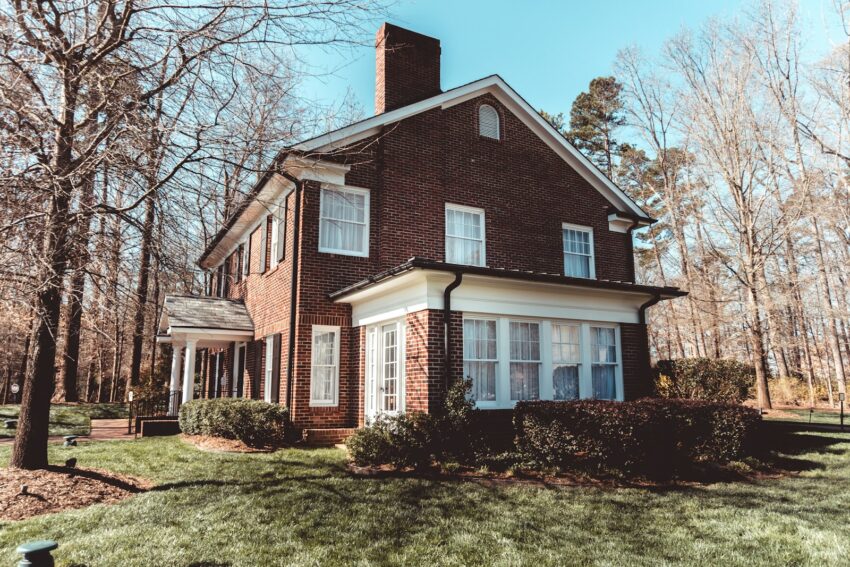You’ve just received the keys to a house that has history…and headaches. Maybe it was your parents’ place or a long-forgotten rental the family held onto. Either way, you’re staring at creaky floors, a 20-year-old roof, and a hot real-estate market that suddenly feels lukewarm. Do you pour money into repairs and chase top dollar later, or hand the property to the next owner exactly as it is?

Renovate or Sell Your Inheritance
The answer is never one-size-fits-all, but working through five clear checkpoints will help you make the choice that protects your wallet and your sanity.
1. Audit the Bones and the Block
Start by ordering a professional inspection. Foundations, roofs, wiring, and plumbing are the big four; if two or more need major work, your repair bill could climb into five figures. Next, study the block: Are nearby homes well-kept? Are for-sale signs lingering?
Pull recent sales for homes within half a mile that share your square footage and age. More than national headlines, local demand sets your ceiling for both renovated and as-is prices.
Quick tip: Add up known repairs, listing fees, and holding costs such as taxes, insurance, and yard care. That single number often reveals whether renovation profit is realistic or wishful thinking.
2. Do the Renovation Math
Some projects pay back handsomely; others just empty your bank account. Kitchens and baths still top buyer wish lists, but full gut jobs return roughly 60% of their cost in most markets. Energy-efficiency upgrades like new HVAC and double-pane windows can return up to 85%, but the upfront expense is steep.
Soft costs matter too: design fees, permit delays, temporary housing if dust and debris make the place unlivable. Add a 10% cushion for overruns, then plug each project into your local sales data. If projected profit shrinks below your stress threshold, keep reading.
3. Understand What “As-Is” Really Means
Selling without repairs sounds breezy, but it isn’t a free pass. You still have to disclose known defects and may need to allow inspections. Expect offers to land 10–20% below comparable renovated homes. On the upside, cash buyers and investor groups can close in days instead of months, often waiving contingencies that can torpedo a traditional deal at the last minute.

4. Consider Your Area
Construction labor isn’t spread evenly across the country. The South region, which includes cities like Austin, Nashville, Tampa, Charlotte, and Fort Worth, carries the longest construction backlog in the nation, averaging 9.5 months of committed work.
That translates to months of waiting to get a qualified roofer, HVAC tech, or foundation crew on-site. If your timeline is tighter than that, the cost of covering mortgage payments, insurance, and further weather damage can pile up fast. In those cases, homeowners sometimes skip the queue by getting a cash home offer in Fort Worth, Texas, handing the renovation gamble to buyers who already have crews lined up.
If you decide on renovation, call at least three local contractors before committing to a renovation plan and ask for their earliest start dates. Long waits and premium quotes signal that a quick sale may save money in the long run.
5. Weigh Tax and Legal Angles
Inherited properties enjoy a stepped-up cost basis, which often wipes out decades of capital gains if you sell quickly. If you live in the house for two years, you may qualify for homeowner exclusion, but you’ll also absorb maintenance and renovation costs along the way. If the estate is still in probate or there are unresolved liens, plan on extra weeks of paperwork, no matter which path you choose. A real estate attorney can map the least-painful route.
6. Match the Choice to Your Priorities
When you strip away market data and cost spreadsheets, the decision ultimately hinges on personal priorities. If maximising profit tops your list, and the house has good structural bones, contractors are available within a reasonable timeframe, and you can afford to wait, then a carefully budgeted renovation is likely to deliver the highest return.
If speed and simplicity matter more because you’re facing tight deadlines, an intimidating repair list or limited equity, selling as-is becomes the smarter play, even though the headline price may be lower. Finally, consider your stress tolerance: project-managing trades, chasing permits, and living inside a construction zone can fray anyone’s nerves; if just thinking about that raises your blood pressure, closing a quick sale will keep life far calmer.
7. Action Plan
Inspect first – a $500 inspection can expose $50,000 problems. Then get two contractor bids and one realistic as-is offer; compare net proceeds and timelines side by side. Give yourself 30 days to decide. Lingering in limbo only racks up carrying costs. Whether you fire up the nail guns or sign on the dotted line tomorrow, you’ll know you chose the path that fits your finances, schedule, and peace of mind.
Summary
Inherited homes come wrapped in memories and maintenance. Inspect the structure, factor in true costs, local labor realities, and decide whether to bet on a remodel or bank your equity now. Either way, the house serves its final purpose: moving you forward, not holding you back.
